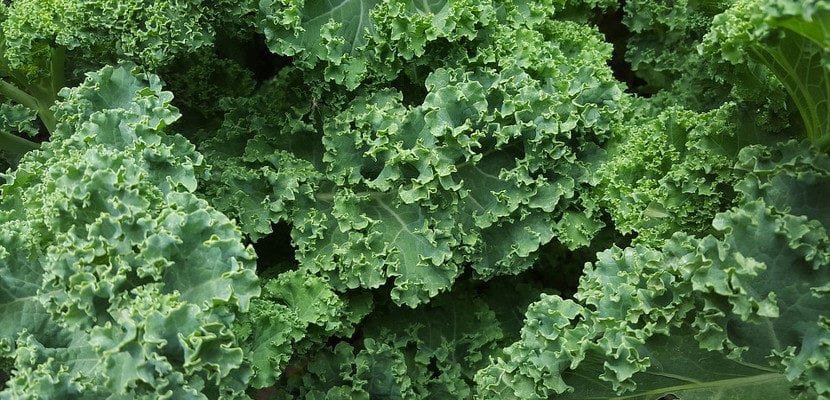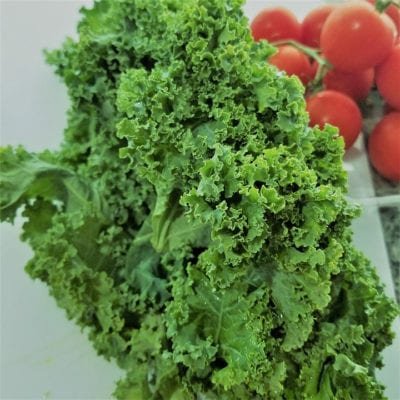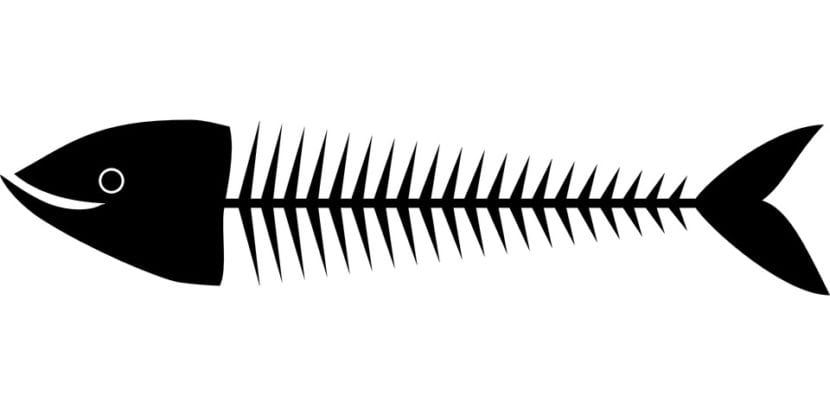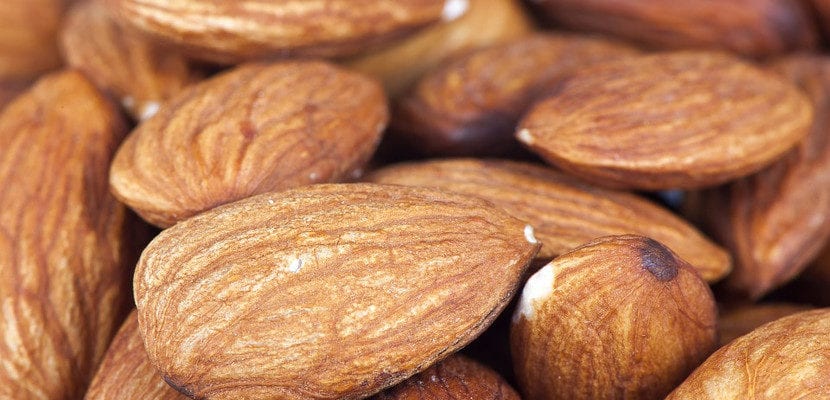
Foods with calcium are essential for maintaining strong bones. Your bones support your weight and participate in all your movements, so calcium is not a nutrient whose intake can be neglected if you practice sports.
But calcium is necessary for everyone, whether they are athletes or not. In addition to strengthening bones, calcium also participates in the functioning of the heart, muscles, and nerves. Find out how much calcium you need per day and in what foods you can find it (both animal and vegetable sources).
How much calcium do you need?

The recommended daily amount of calcium is 1.000 mg. Although 1.000 mg per day may seem like a lot, by combining some of the following foods you can reach that amount without any problem.
How do I get it?
There are calcium supplements, but the best way to obtain calcium continues to be through diet. Also, it will not be difficult for you to find foods with calcium when you do the shopping.
This mineral is present in many everyday foods, especially dairy products. But calcium is not limited to milk, but there is a wide variety of foods with calcium that you can add to your diet. Let's see what they are:
Dairy

Milk
Milk is the most popular source of calcium due to its richness in this mineral, as well as its affordable price. A couple of servings of dairy a day provide you with a good portion of the calcium dose your body needs. In addition, the body absorbs the calcium in milk well.
As regards plant milks, check the label of your soy milk if it has been fortified with calcium. Other products that do not contain calcium but are fortified during manufacturing are breakfast cereals, bread and orange juice.
Strengthen your muscles with protein
Take a look at the article: Protein foods. There you will find what you should eat to maintain or develop your muscles.
Cheese
Gruyère, Parmesan and Edam are among the richest in calcium. Soft cheeses such as Feta or Brie also provide calcium, although compared to hard cheeses, they are smaller amounts. On the other hand, normally the more cured, the more fat they have, so it is necessary to consume them in moderation.
Yogurt
As with other dairy products, it is convenient to choose skimmed versions. Skimmed milk and yogurt contain the same calcium (in some cases even more) and at the same time save a lot of calories.
Vegetables, legumes and fruits

If you add the calcium from vegetables and legumes to what you already get from dairy, you should have no problem reaching the recommended daily allowance for this mineral. On the other hand, vegetables, legumes, nuts and seeds can help you get the calcium you need if you are vegan or lactose intolerant.
Kale
Looking for a source of plant calcium? Dark green leafy vegetables provide good amounts of this mineral, especially kale. Other great sources of calcium in the form of vegetables are spinach, chard, watercress and broccoli. It should be noted that kale is considered a better option than spinach because it would contain less oxalate.
bean
Beans are an interesting source of calcium. Soy and lentils are also included among foods with calcium.
Dried figs
The dried fig is considered a great option to obtain calcium through fruit. And when it comes to tubers, the sweet potato has an interesting calcium content.
Fish

Sardine
Sardines can give you a lot of calcium. To make the most of the calcium in your spines, the best thing is to bet on canned sardines. The same happens with other blue fish such as anchovy or salmon. Canned oily fish contain fat and sodium, which is why it should be limited to one or two servings per week. Seafood also provides a good dose of calcium.
Seeds and nuts

Poppy seeds
These seeds are extraordinarily rich in calcium. A daily tablespoon of poppy seeds ensures a large amount of calcium.
Do you like seeds? Including sesame, chia or sunflower seeds in your diet will also help you reach the recommended daily amount of calcium in combination with other foods.
Almonds
The almond is the dried fruit that provides the most calcium. Hazelnuts are another great option.
What happens if too much calcium is consumed?
Calcium is healthy and necessary, but this does not mean that you have to saturate your diet with calcium. Too much calcium can be just as bad as a lack of it and has been linked to health problems. The amount that should not be exceeded is 2.500 mg calcium daily, reducing to 2.000 if you are over 50 years old. As with all nutrients, it is a misconception that the more the better.